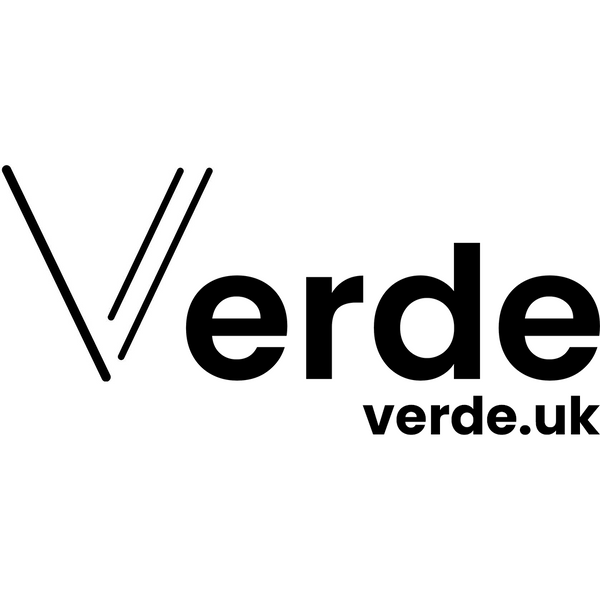
Knitting in the Round: Your Guide to Seamless Wonders
Today, we're delving into the basics of knitting in the round. If you've ever hesitated over a circular knitting pattern, this post aims to simplify things and give you the confidence to have a go. It's a technique that promises smoother finishes and endless possibilities!
What Is Knitting in the Round?
Simply put, knitting in the round allows you to create a seamless tube of fabric. Instead of flipping your work back and forth like you do with flat knitting, you just keep going in one continuous spiral. It's the go-to technique for hats, socks, sweaters, and more!
Why It's A Game Changer
Mobility: Circular needles are more compact, making them excellent for on-the-go crafting.
Super Speedy: With no need to turn your work, you might find your projects zooming along faster than ever. Plus, when working stockinette, there are no purls only knits!
Less Finishing: Say goodbye to the daunting task of sewing seams.
Consistent Texture: Ideal for patterns and colorwork that just flow. Mosaic knitting loves working in the round!
Seamless Comfort: Without seams, your projects will be smooth and comfy.
Less hand fatigue: with the weight of the stitches laying evenly around the needles, strain on arms and hands is reduced.
Methods
Circular Needles: These are perfect for knitting in the round. Two small needles are joined by a flexible cable so are really easy to handle. They are available in teeny tiny sizes for socks or much, much longer for larger projects. There’s also a method called ‘Magic Loop’ if you don’t have the correct size or using two circular needles but I think we’ll leave those for another day!

Double Pointed Needles (DPNs): These were the original and traditional choice for smaller projects. Multiple small needles (usually 3 or 4) with tips at both ends are used, and the stitches are split evenly between them. You then have an new ‘empty’ needle which knits the stitches on the next ‘full’ needle. It’s easy to get ‘ladders’ or loose stitches in the fabric where each needle moves to the next which is why circulars are a quicker and easier option.
Tips
Markers are your best friend: Use a stitch marker to indicate the beginning of your round and any points of increase / decrease etc.
- Choose the right length: Circular needles are best sized slightly less than the finished circumference of your project to avoid stretching.
- Tension Matters: Keep a consistent tension particularly on double pointed needles.
- Stagger joins: Avoid the dreaded ladder on dpn’s by knitting one or two extra stitches from the next needle before introducing your ‘empty’ needle. Tightening the second stitch of the new needle can also help close this join.
- Watch out for Twisted Stitches: Before you join your work, ensure your stitches aren’t twisted to avoid a Mobius strip surprise.
- Relax the Cable: If your circular needle cable is coiled or kinked, it can be tricky to work with. To straighten it, dip the cable (not the needles) in hot water for a few seconds, then straighten and let cool.
- Practice Patience: It might feel like a juggling act at first, but you’ll soon find your rhythm. The initial join is the trickiest bit so once this is done you’re on your way!
The First Join
As with most techniques, the start is the most tricky. Below we’ve explained one of the methods we find works best. There’s even a little video to see it in action:
1. Cast on your required number of stitches plus 1 extra. (NB. If, like in our patterns, the join is explained using this method, only cast on the stitches detailed. If this simply says ‘Join to work in the Round’, cast on one extra.)
2. Hold the needles with the stitches and working yarn to your right and first cast on stitch in your left and ensure these aren’t twisted.
3. Now slip the first cast on stitch from the left to the right needle.
4. You can then either pass the last stitch over the first or knit these 2 together to close the round.
5. Gently tighten then pop on a stitch marker to indicate the beginning of the round.
So, there you have it – a whirlwind tour of knitting in the round. We hope you now have the help you need to give this a go.
Happy crafting !
P.S. Here are related links, that you may find interesting. :)
Discover More on Our Blog:
- Delve deeper into knitting techniques with our Guide to Ribbing Techniques in Knitting and Crochet. It's a perfect read for those looking to add texture and elasticity to their projects.
- Unsure about which needles to use? Our blog on Choosing the Right Knitting Needles for Every Project is a must-read for every knitter.
- For those intrigued by colorwork, don’t miss our Mastering Mosaic Knitting: Beginners Guide, an excellent resource for adding vibrant patterns to your creations.
Featured Products:
- Check out our unique Circular Re-usable Cup and Bag, a testament to the versatility of circular knitting.
- For those looking for a new project, why not try our Heart Wall Hanging Free Pattern? It’s a charming addition to any home.
Useful Resources:
- Brush up on your skills with our handy guide to Knitting Stitch Abbreviations.
- Get to know us better and understand our commitment to sustainable crafting by visiting Our Story.
Explore Our Collections:
- Our Hats Collection showcases a variety of styles, perfect for applying your circular knitting skills.
- For a touch of elegance, explore our Shawls and Wraps Collection, featuring exquisite pieces that might just spark your next project.
